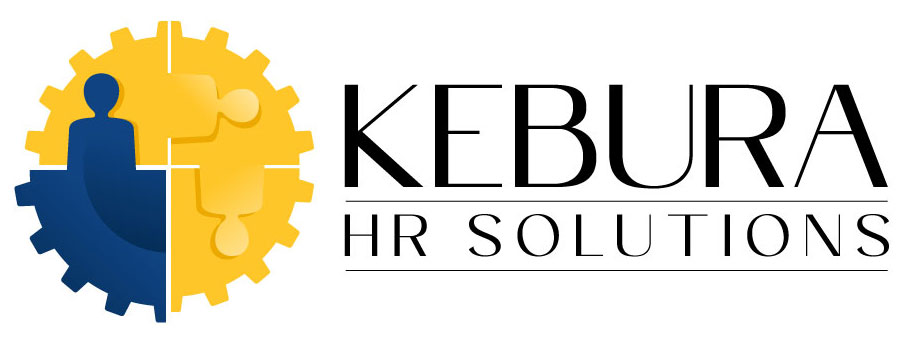The Mine Safety and Health Administration (MSHA) is the federal agency that enforces the Mine Safety and Health Act of 1977. Mining is one of the most dangerous industries in the U.S., and MSHA’s role is to reduce risks, prevent accidents, and protect the health and safety of miners.
For employers, MSHA is both a regulator and an enforcer—it sets safety standards, inspects mines, and has the authority to issue penalties or shut down operations that put workers at risk.
What MSHA does
MSHA’s mission is to ensure miners have safe and healthy workplaces. It does this by:
-
Conducting regular inspections of all mines, regardless of size or workforce
-
Issuing and enforcing safety and health standards specific to mining
-
Investigating accidents, injuries, and complaints from miners
-
Providing training resources and technical assistance for mine operators
-
Tracking workplace injuries, illnesses, and fatality data in the mining industry
Key MSHA standards for mine operators
-
Ventilation requirements to ensure clean, breathable air
-
Roof control standards to prevent collapses
-
Dust exposure limits to reduce respiratory illnesses
-
Explosives handling protocols for safe storage and use
-
Emergency response planning for fires, explosions, or disasters
-
Training requirements for new miners, supervisors, and contractors
Why MSHA matters to employers
Unlike OSHA, which focuses on general workplace safety, MSHA is entirely dedicated to mining. That means stricter oversight, more frequent inspections, and less tolerance for safety shortcuts. Even small quarries and gravel pits must comply with MSHA rules.
Common violations MSHA finds
-
Poor ventilation systems or dust control
-
Inadequate roof support in underground mines
-
Improper use or storage of explosives
-
Missing or incomplete safety training documentation
-
Failure to report accidents and injuries
-
Lack of personal protective equipment (PPE) enforcement
Penalties for noncompliance
MSHA penalties can be severe:
-
Civil fines for each violation, often thousands of dollars per incident
-
Daily penalties until hazards are fixed
-
Criminal liability for willful violations leading to serious injury or death
-
Shut-down orders for mines deemed unsafe
How to stay compliant
- Conduct internal inspections regularly to identify hazards before MSHA does.
- Provide thorough and ongoing safety training for all employees.
- Maintain accurate records of training, inspections, and incidents.
- Develop strong emergency response procedures and test them regularly.
- Correct hazards immediately and document corrective actions.
How Kubera HR Solutions can help
At Kubera HR Solutions, we work with mine operators to review safety programs, train supervisors, and audit compliance with MSHA standards. By helping you strengthen your safety culture, we make it easier to protect your workers, avoid costly violations, and keep your operations running smoothly.
